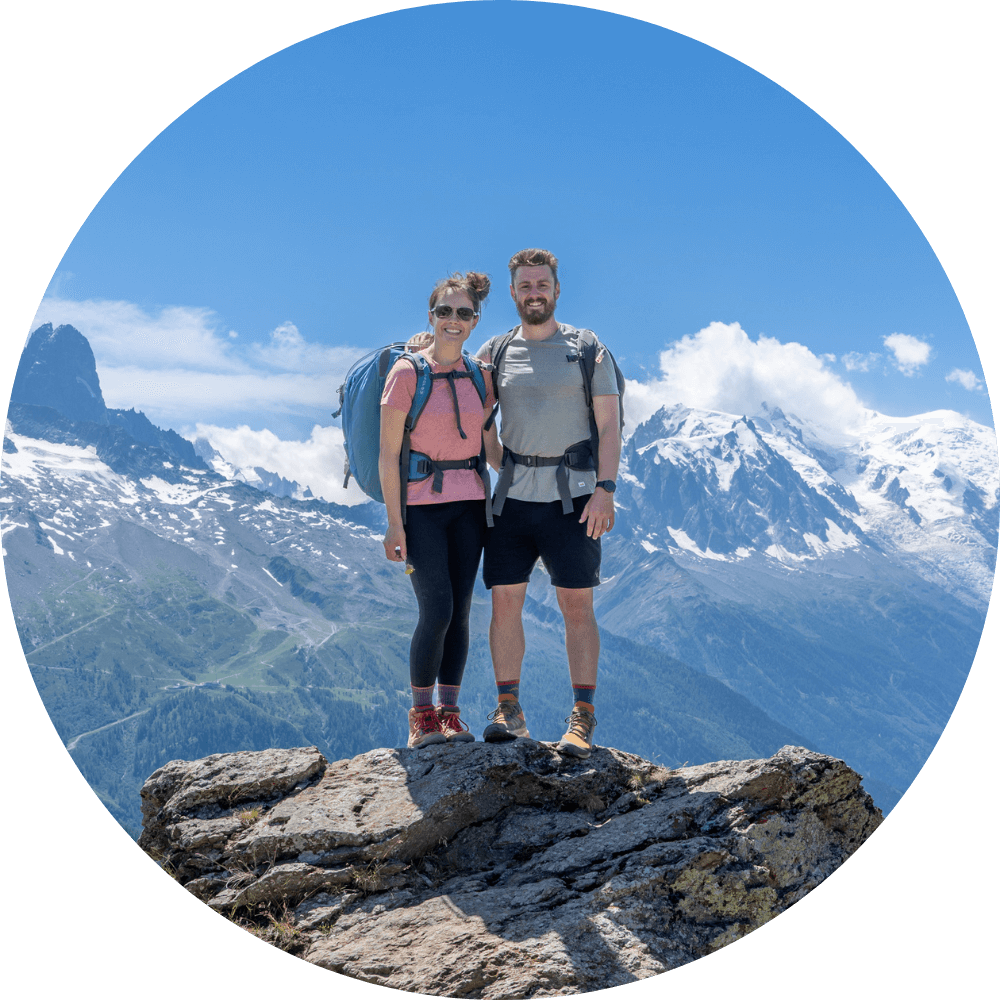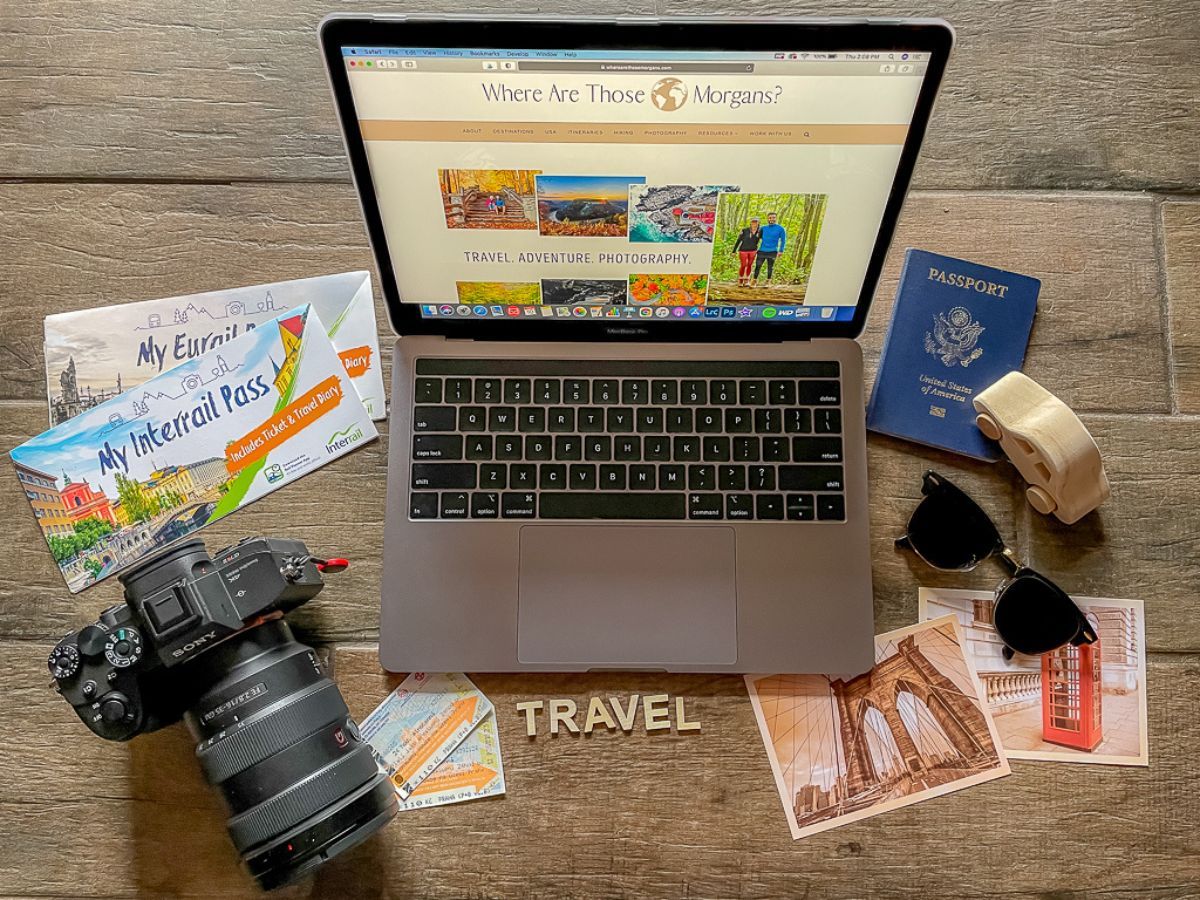Not sure where to start with planning for your next trip? We’ve totally been there, but this one-stop travel planning resource covers everything you need to know about preparing for any vacation.
In this guide we walk you through our tried and tested easy-to-follow 10 step process we always take when planning a new trip. Read more about us.
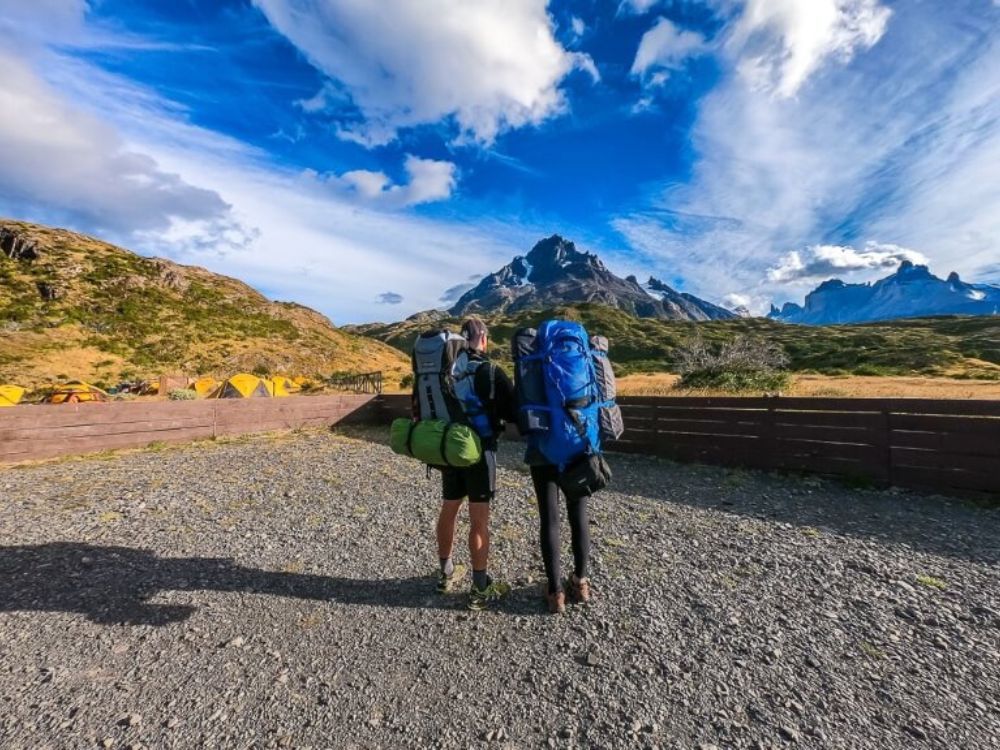
We traveled full time for 6 years after starting this blog in 2018, so we know a thing or two about planning trips! In the beginning, we were really overwhelmed and made the usual mistakes. But we quickly learned that breaking up the process into simple manageable steps works best.
Our goal with this guide is to help you feel confident about your setting off for next trip. We used to find planning stressful, but now we find it enjoyable by following the steps below. Not sure where to go yet? Take a look at our popular travel guidebooks!
Note: Our content is reader supported and contains affiliate links. If you make a purchase through one of these links, we may earn a small commission at no extra cost to you and it helps us keep this site running.
Overview
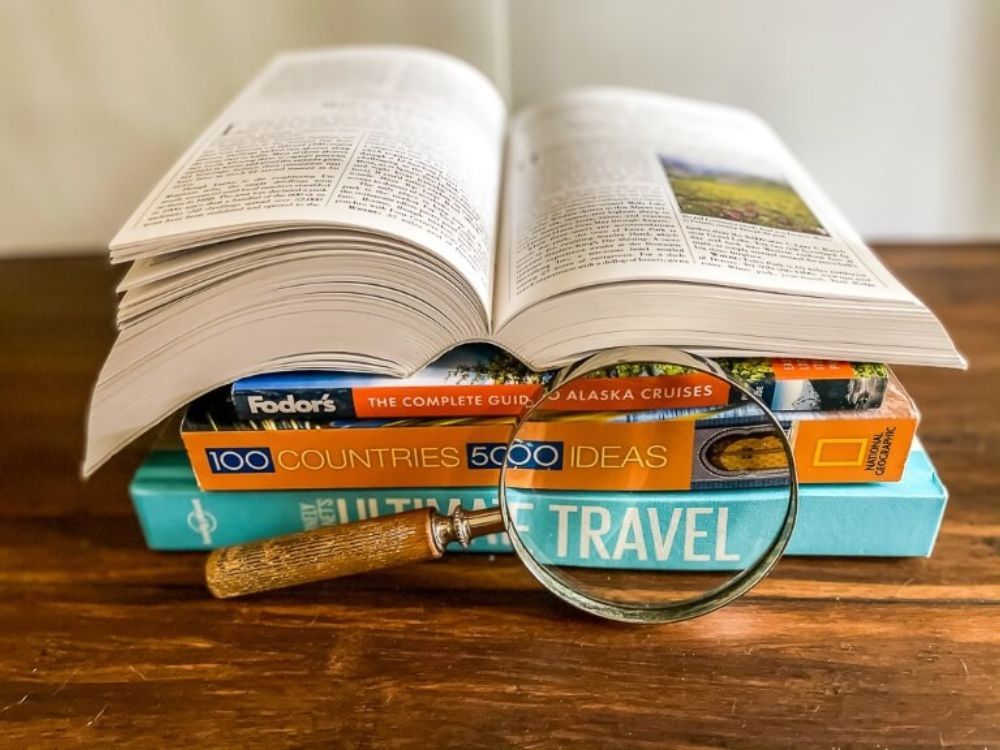
The fundamentals of how to plan a trip begin and end with research. Every aspect of your plans will require some sort of research from booking flights to buying travel insurance and packing your bags to visa requirements. But you don’t have to do it all at once and you can take it one step at a time.
Research starts all the way back at the beginning, before e-tickets arrive in your iPhone wallet and you’re debating between packing your tan or black shoes. It begins with deciding on the most basic of travel planning principles. But don’t confuse basic with lack of importance. The goals you set at this stage will consequently shape your entire trip.
By reading this guide, you’re already well into establishing your travel goals and researching travel planning techniques. You’ll be more prepared and ultimately have a better time. Here are 10 simple things to think about when planning a trip:
- Length
- Create a budget
- Pick a destination
- Research dates and seasonality
- Travel companions
- Identify bucket list experiences
- Get a rewards credit card
- Book everything
- Buy travel insurance
- Pack
As you go through our list, your travel itinerary will loosely begin to form. Now let’s explore each step individually.
1. Length

We think determining the length of your trip is the first step of travel planning. It’s more important than choosing where you want to go because every other decision will be affected by this one. When we organize a long term trip versus a shorter trip, our planning follows a slightly different pattern. And it will be very difficult to plan every detail for a longer trip.
For example, when we traveled to Asia for 6 months in 2023, we identified the countries we wanted to visit along with the experiences we wanted to have, but then only booked accommodation and flights for about a month ahead so we had some flexibility as we traveled.
In a complete contrast, when we traveled to New England for the fall season later that year, we planned our entire 3 week itinerary with every hotel, experience and restaurant reservation. We traveled in peak season so we knew it would be busy, but we also wanted to be able to focus on getting content over planning during the trip.
Carefully consider the time you have available and remember there are implications with the amount of time you allocate for your trip. You’ll need more money for a longer trip which sounds obvious, but the point is to ensure you get the balance right between time and travel funds.
2. Create A Budget

Speaking of travel funds, the next step is to create a travel budget. Before you can really get into planning, you need to work out how much money you have to travel. We always recommend taking a cautious approach rather than an overly optimistic approach. You’ll spend more money than you think and you need to be realistic about the actual costs. This step can make or break your experience so here are a few questions to ask yourself:
- How much money do you currently have saved up today?
- How much can you save between now and the date you plan to leave?
- Do you need to get a second job or second income to bulk out your budget?
- Do you have any cash in reserve for emergencies?
A good rule of thumb is to consider your destination around your budget which we’ll do next. For example, if you have a lower budget, you should look at more affordable destinations so your money goes farther. You can see our one month expense report for how much we spent in Vietnam as a reference.
We always like to leave some wiggle room in our budget because overestimating is much better than underestimating. Always have a small emergency fund as a backup that you can dip into for things you didn’t account for or things that didn’t go as planned.
3. Pick A Destination
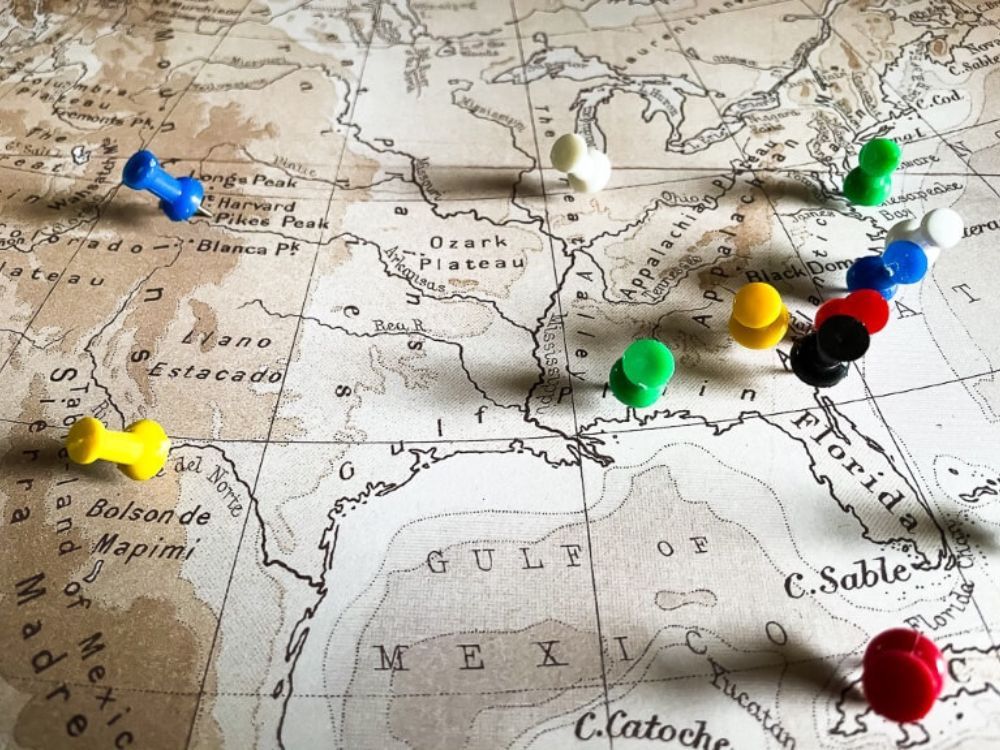
Now it’s time to choose a travel destination and begin planning an itinerary. We recommend trying to make this as specific as possible. Make a list of all the places you want to visit. Are you planning to visit one country or multiple countries? Or do you want to visit multiple cities in the same country?
If you need some travel inspiration, head to our Destinations Page to explore the world. We also love using Pinterest to create boards for our future travels. The beauty of leaving this step until you know your budget is having the ability to plan with a clear understanding about what places are feasible and what places you’ll have to exclude based on price, distance, safety and so on.
Travel Tip: Before moving onto the next step, we highly recommend checking any recent travel advisories for your destination to see if this impacts your trip. It can include anything from vaccine recommendations, civil unrest, visa requirements and crime. We always use this website for travel alerts.
4. Research Dates And Seasonality
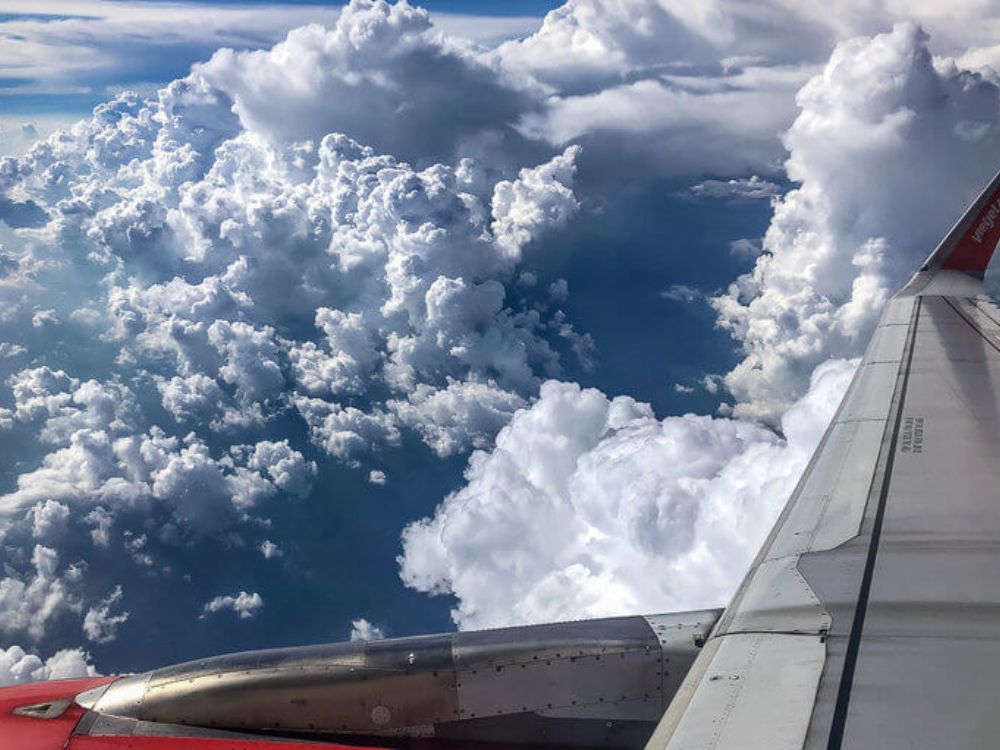
After you’ve picked the location, it’s essential to think about the time of year you plan to travel. Are you limited to travel around your kids holidays or can you pick anytime you want? This is important because the month, week and even day you decide to go can either positively or negatively impact your trip. It may be the difference between traveling in the peak or off season.
For example, the first time we went to Paris, we didn’t realize it was Bastile Day (July 14th). This is one of France’s biggest holidays with many celebrations which meant very high prices for hotel rooms. Plus many shops and museums were closed which made it difficult for us to enjoy as tourists because we had no where to go.
Europe is one of the most popular travel destinations in the summer season (June to August). We inter-railed around Europe for 3 months visiting 17 countries in summer 2018 and while it was amazing, it was incredibly hot and very expensive. Since it was peak season, everything was overpriced, the crowds were unbearable and many places didn’t have air conditioning so we were often very uncomfortable.
Now, we always try to avoid summer in Europe because it’s cheaper and the weather is much more comfortable in the spring or fall season. However, this only works if you can be flexible with your travel dates.
Another thing you have to consider is weather for that time of year. The benefit to traveling during peak season is you typically get to experience the travel destination with the best possible weather conditions (think cherry blossoms in Japan or fall foliage in New England). So you’ll have to decide what’s more important to you during this trip.
5. Travel Companions
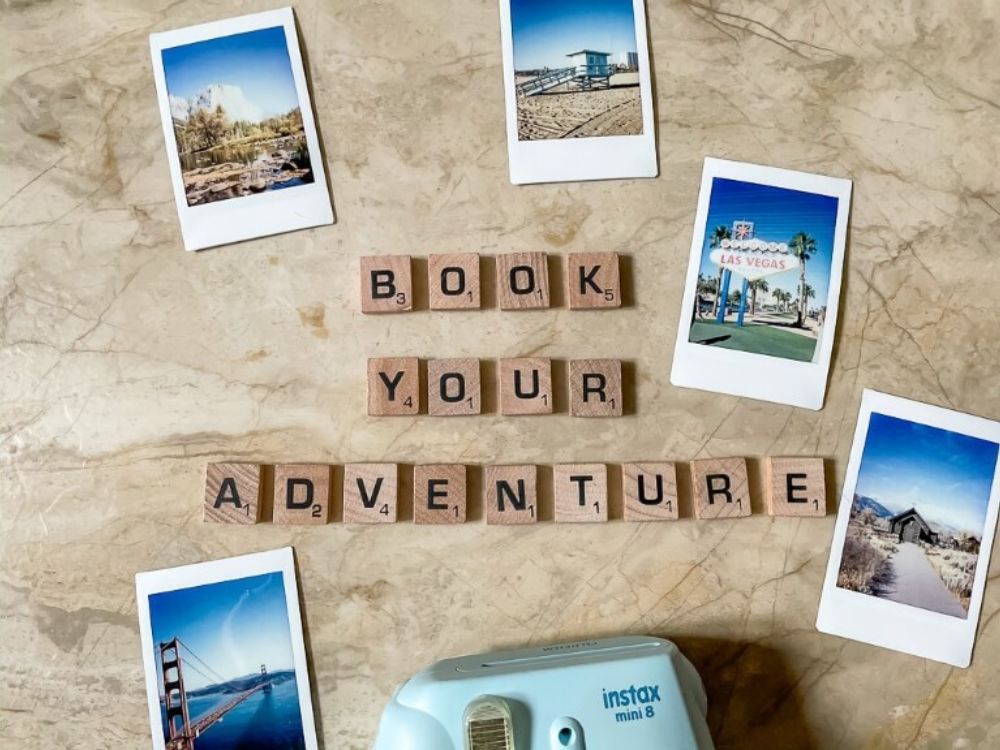
After securing your budget and destination, it’s time to invite your travel companions. Maybe you’re going on a family holiday or a romantic couples weekend getaway? Or maybe you’re backpacking around Asia as a solo traveler? No matter the answer, it’s important to identify who will join you so you can plan for the rest of the trip.
Here are a few resources for connecting travelers:
- Find A Travel Buddy – popular FB group
- Workaway – Giving back to the community
- Couchsurfing – Locals who open up their home
- GAFFL – Connects travelers with similar plans
We’ve met hundreds of like minded people while traveling so if you’re deciding to go at it alone, we guarantee you’ll meet some fabulous people along your journey. Keep an open mind and push yourself to get out of your comfort zone. Who knows, you might just meet some new friends for life.
6. Identify Bucket List Experiences
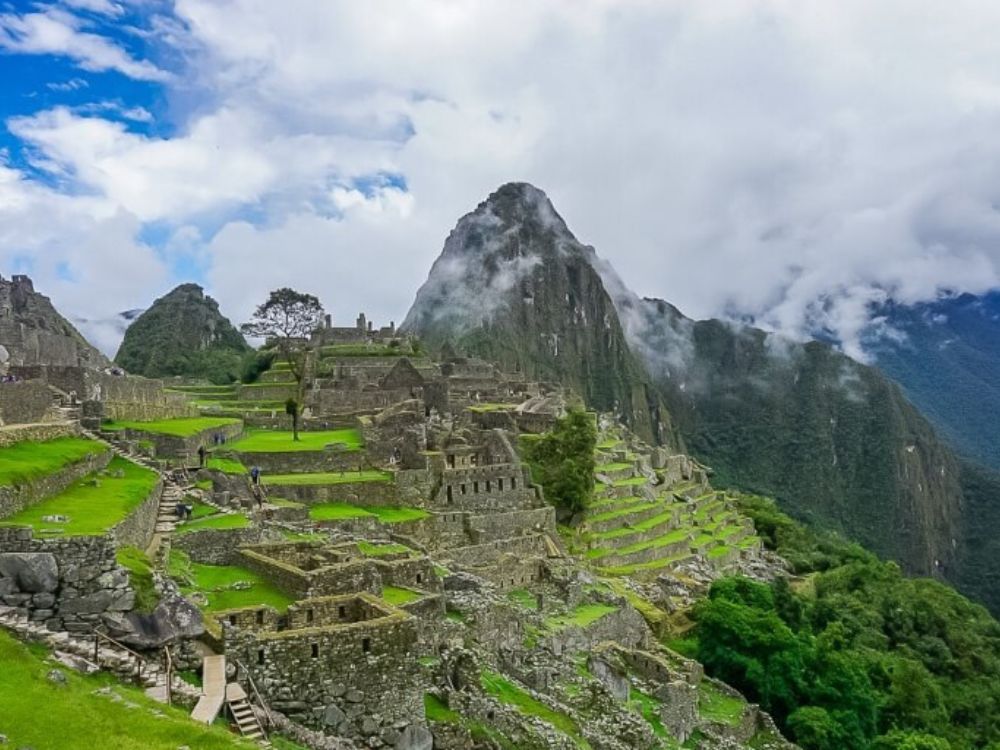
Now the fun part starts with identifying bucket list experiences. Sometimes we plan an entire trip around a single activity so it’s really important not to skip this step.
For example, when we backpacked South America for 3 months, we knew we wanted to hike the W-Trek in Chile. But this is incredibly hard to plan because you need exact dates for camping which can be difficult to secure. It took us 3 full days, but once we had our travel dates for the trek, we planned the rest of the 3 month trip around it.
We recommend you plan major activities or tour ahead of time, especially if you’re traveling in peak season. Make a spreadsheet or checklist with experiences you want to do and then list them by priority. The more planning you do in advance, the less you’ll miss on the road. We always like to book excursions on site or with reputable third party websites such as:
We’ve booked various times with all 5 companies and always had a great time. The good news is they offer competitive prices and highlight deals throughout the year. So always compare costs, verify tour itineraries and read recent traveler reviews. For bigger experiences like hiking the Inca Trail to Machu Picchu, you can book with G Adventures.
7. Get A Rewards Credit Card

Nowadays, it’s very common to pay with a debit or credit card. Heck, you might even pay things from your phone. However, when you travel through certain developing regions, you’ll always have to pay with cash. So in order to make your money last longer, you need to get a little creative. We always recommend both a rewards travel credit card and a debit card with free ATM withdrawals to cover your bases.
Many rewards credit cards are often associated with major airlines, but you can also find generic travel rewards too. They offer bonus miles for signing up in addition to bonuses for every dollar spent. At a minimum, you should be able to pick up a travel rewards credit card giving you 1.5% cash back on all purchases. We use our credit card for both travel and everyday purchases then we pay it off every month to avoid interest.
By doing this, we’ve been able to redeem points for several long haul flights which made them completely free. You can get even more perks like lounge access, free upgrades and baggage discounts if you continually fly with one airline. However, make sure the card you use has no foreign transaction fees so you don’t accumulate extra fees abroad.
Another thing to think about is your debit card. When you travel, local banks will charge a fee and sometimes your bank from home will charge a fee so you’ll get a double whammy. Not fun. To eliminate this, look for a debit card with no ATM fees. These often come back to you as a reimbursement and we’ve saved hundred over the years by having a debit card with this perk.
We recommend to choose the local currency when withdrawing money, not your home country currency. Local ATM withdrawals will also yield better exchange rates than airport exchanges. So choose the cards that offers the best perks for your travel style and make sure to tell the bank about your travel plans.
Travel Tip: We always carry a few hundred US dollars stashed in different places because it can often be used in an emergency no matter the destination.
8. Book Everything

We can all daydream about vacations or backpacking the world for a year. Or imagine ourselves lounging on a beautiful white sand beach in Thailand and hiking into the Grand Canyon. But until you bite the bullet and commit by clicking the buy now button on flights and hotels, a dream is all it will be. So it’s now time to take the giant leap and book everything.
Unless you’re planning a long term trip, we’d recommend to book flights, accommodation and excursions during this stage. This way you’ll be able to focus on the trip instead of worrying about where you’ll stay that night. Here’s the typical list we follow:
- Book major trans-continental long haul flights
- Book accommodation for all cites you plan to travel through
- Book any must-see bucket list activities in advance
- Identify any popular restaurants and make reservations
Booking your first flight is the most exciting and nerve racking moment of travel planning. In one single moment, you turn your daydream into a reality. We always use Skyscanner for the best value and flexibility. We also like being able to search for flights by whole month or country which can help keep costs down. You can read our guide on how to book cheap flights when you travel for more tips.
We have a love hate relationship with booking accommodation. It can be both extremely rewarding or extremely frustrating. In the beginning, we spent a lot of time learning how to find the best deals and created a website solely dedicated to hotels (see it here). We also tend to go for a good location because this saves so much time. We always use Booking.com and recommend you read our tips for booking cheap hotels for more information.
Ground transport is another aspect to think about when planning. We often book as needed, but if you’re traveling in peak season, you might also want to book transport ahead of time too. For example, we booked a 24 hour bus from Bariloche to El Chalten in Argentina before we left the UK so we’d have no problems arriving for our highly anticipated W-trek since we visited in peak season of January. It was very expensive to fly and the bus was a much better option.
9. Buy Travel Insurance
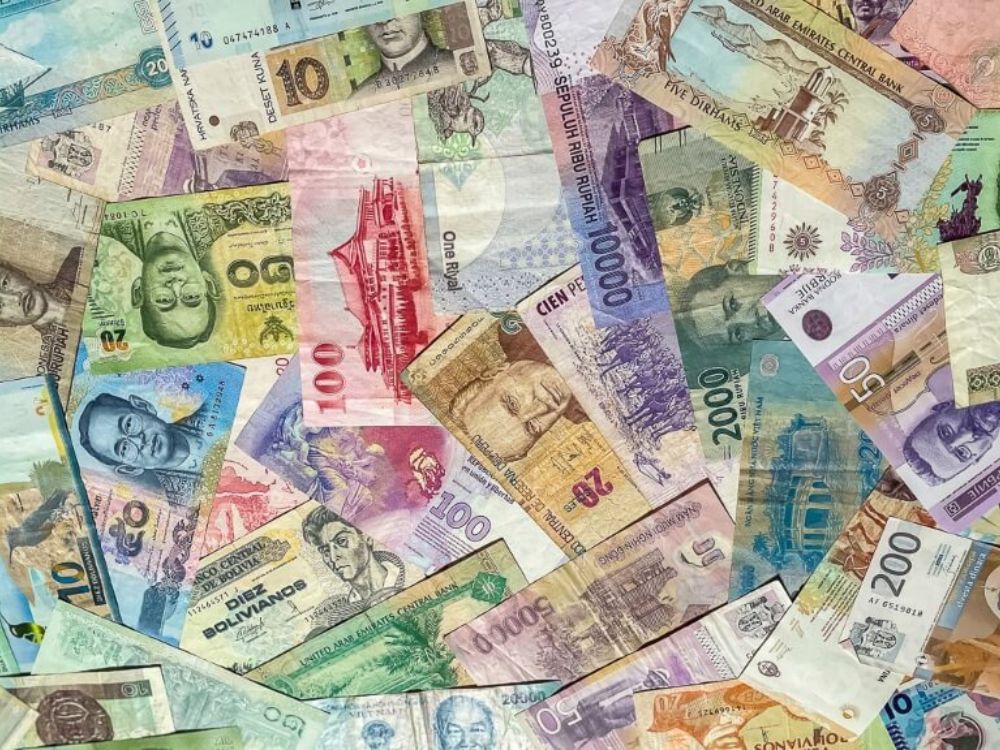
You’re on the home stretch. There are just a few important admin tasks to complete before you can finally say you’re ready to leave on your trip. The last steps of travel planning are about giving yourself the best return on your expenses, travel safety, insuring your property and packing the right gear for your trip.
We’re not going to frighten you into buying travel insurance with gruesome tales. We’re simply going to say it’s not worth the risk to travel without insurance. Over the years, we used various companies and policies. But here are a few popular options:
You can compare policies at SquareMouth and Insuremytrip.com. However, sometimes your regular health insurance will cover you for emergencies abroad so it’s best to check before purchasing anything. It’s also worth noting, travel reward credit cards may have travel insurance included too.
10. Pack

Your travel plans are in place, you’ve booked the important things and prepared efficiently. All you need to do now is pick the perfect backpack and fill it with the right gear for your destination. We won’t go into all the details here, but we have several packing resources to help you identify what you need:
- Why we love the Osprey Farpoint 40 travel bag
- Our honest Peak Design Backpack review
- What we always pack after 6 years of travel
Overall, we always pack light. It’s not very fun lugging around a ton of extra stuff you don’t need. Remember, you can always buy items during your trip if you forget something. Every item should be multi-purpose.
Want more travel planning content? Head to our Planning Guides to see our best tips, hacks and lessons.
We hope our 10 step travel planning process helps you successfully prepare your next trip!
Please let us know if you have any questions in the comments below.
Happy Travels,
Mark and Kristen
Enjoy this guide? Pin it for later!

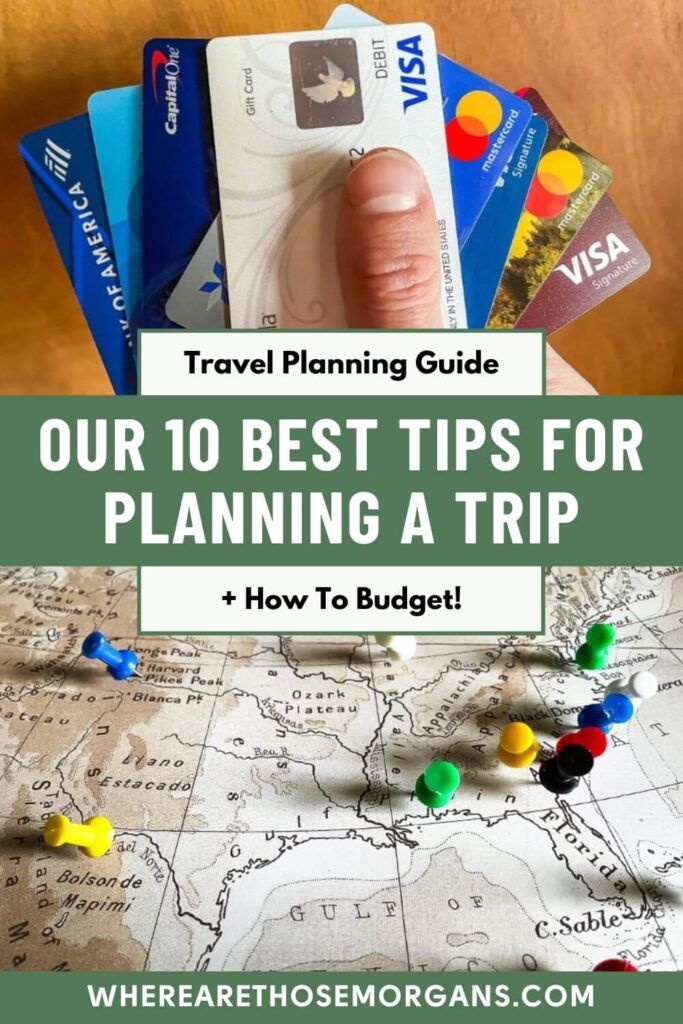
All Rights Reserved © Where Are Those Morgans, LLC. Republishing this article and/or any of its contents (text, photography, maps, graphics, etc.) in whole or in part is strictly prohibited.

